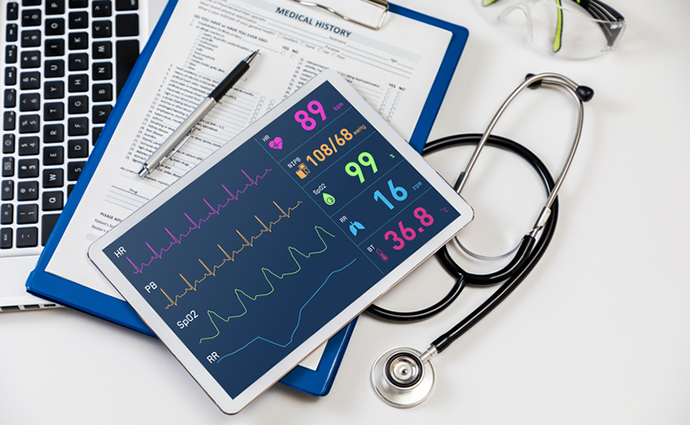New Survey Finds Patients Are Ready for Remote Patient Monitoring
Four out of five are in favor of remote patient monitoring, according to a survey by MSI International, and many see value in the platform for chronic care management.

Source: ThinkStock
- While healthcare providers are embracing remote patient monitoring to expand care management into the home, a new survey finds that their patients are just as excited about using the platform.
Four of every five consumers responding to a May 2021 survey by MSI International say they’re in favor of RPM, especially for monitoring of chronic diseases, and about half want to see it integrated with clinical care services.
According to the survey of some 300 consumers, between 65 percent and 70 percent said they’d be willing to participate in an RPM program with their care providers to monitor blood pressure, heart rate, blood sugar and blood oxygen levels.
This falls in line with an emerging trend in RPM programs. RPM adoption was very small prior to the pandemic, and only began to grow recently, after telehealth use surged to address the shift from in-person care to virtual care. With that strategy in place, providers began to explore RPM as a means of monitoring COVID-19 patients at home instead of the hospital.
With the pandemic winding down, most providers with RPM platforms are shifting gears to monitor other patient populations. They have the connected health technology, they’ve seen how it can be used, and they want to keep using it. So they’re identifying certain patients who would best benefit from home-based monitoring, and most often seeing the potential in patients with chronic conditions like heart disease, hypertension, COPD and diabetes.
And while their doctors may pitch the service as a means of improving clinical outcomes, patients have other goals in mind. According to the survey, 43 percent see greater convenience as a major benefit of RPM, while 39 percent cited efficiency, 37 percent cited more control over personal health and 36 percent listed accuracy or peace of mind.
This hints at another facet of RPM that might not be getting the attention it should. These programs give patients an opportunity to improve care management at home, reducing the need to travel to the clinic or doctor’s office for regularly scheduled check-ups. And many of these programs give patients the peace of mind in knowing their health is being monitoring every day, perhaps even in real time, by their care providers.
As noted by the survey, patients also see an opportunity in these programs to take more control of their own health, and to play a more active role in care management. By seeing the data and talking to their care providers, they can make adjustments at home in their daily routines.
This may be an important talking point as providers look to scale their RPM programs up and out targeting patients who might not know that much about the platform.
As for perceived drawbacks, nearly half of those who participated in the survey expressed concerns about accuracy of the monitoring technology, complications caused by the devices used, the reliability of the platform and cost of care. This points to the value of educating patients before the program begins.
